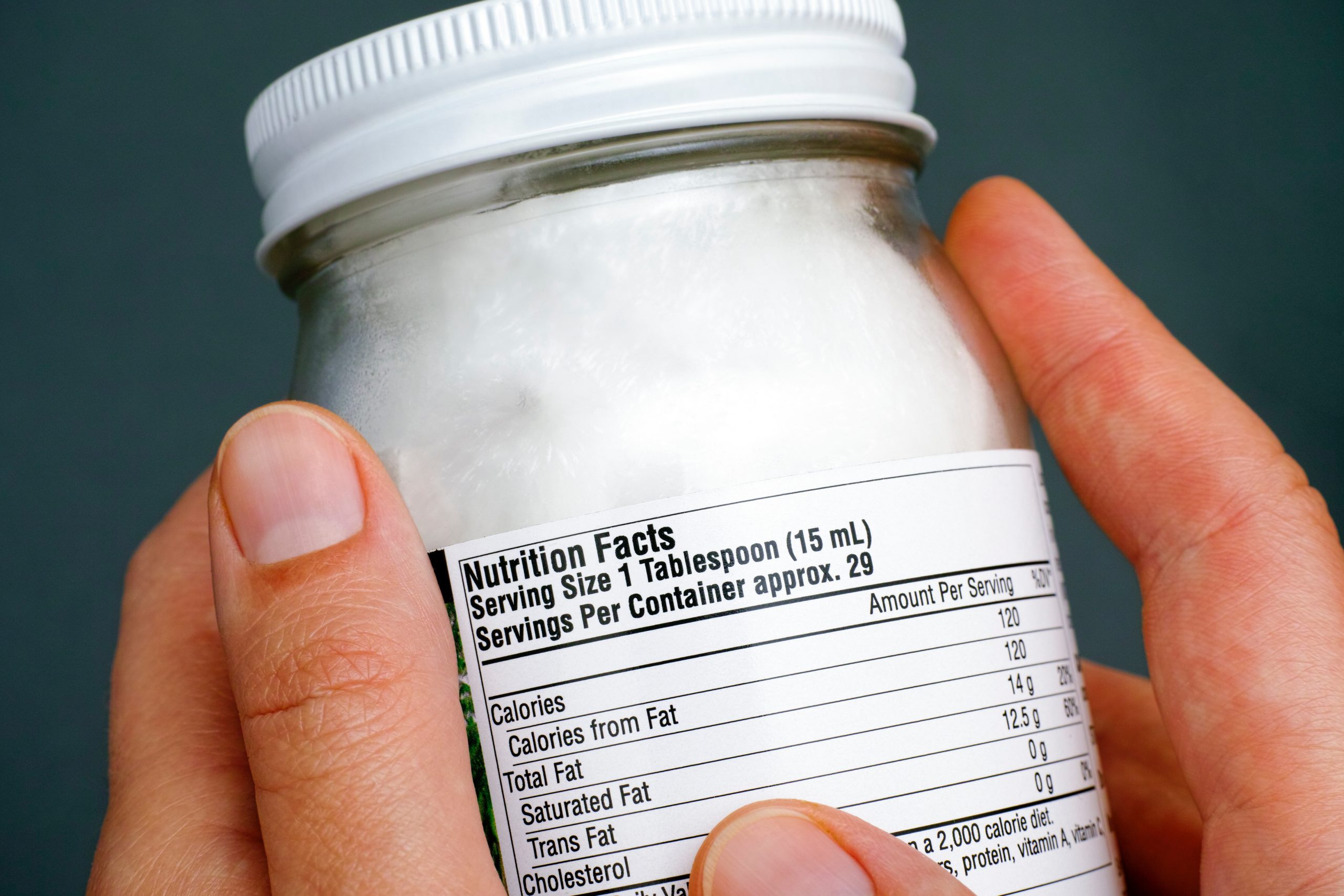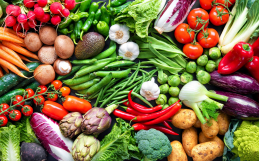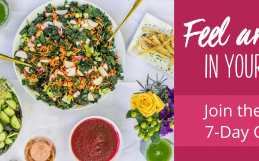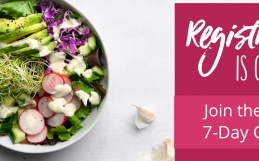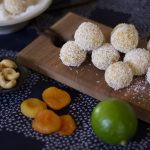What does it mean to be a label detective? In short, it means getting curious about what’s in the food you eat. Sounds simple enough, right? Well, unfortunately reading nutrition labels can be a confusing endeavor. The amount of calories or sugar are important, but they don’t tell the entire story.
Most people will look at this nutrition information and narrow in on the macros – the amount of protein, fat, or carbohydrates. While this can be important, we want you to go a step further so that you don’t have to become a dietician in order to know what you’re eating is considered a healthy or clean food.
If at any point you feel like you get lost in the weeds then just remember this: whole foods that exist in nature do not require confusing labels. The less labels you have to interpret the better.
The cleaner your food, the fewer complications you are likely to encounter. Just because a product says it’s “gluten free” or “USDA organic” or “kosher” or “non-GMO” doesn’t mean it’s a perfectly “clean” food.
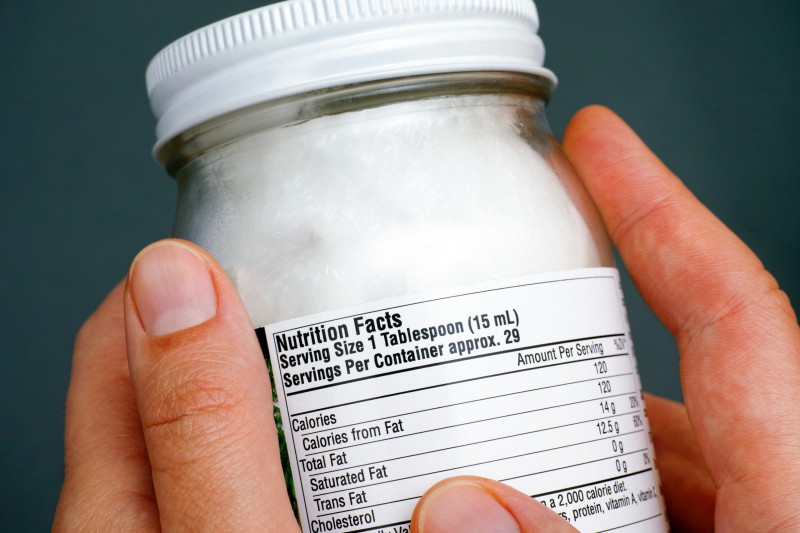
Read on to learn how to become a pro at being a label detective.
Step 1:
Step number one of becoming a proficient label detective is to make a habit of looking at the nutrition label facts on the back of every single product you purchase. Yes, you read that correctly. Simply make it part of your routine to take a product off the shelf at the grocery store or from your pantry, turn it over, get out your reading glasses (if necessary!) and take a look at the panel on the back called “Nutrition Facts.”
Step 2:
Step number two of becoming a proficient label detective is to narrow in on the list of ingredients. The fewer the ingredients, the better. Ideally focus on foods with 6 ingredients or less. If you ever have a question about a product you’ve bought in the store and want us to take a look, please email us!
Step 3:
Step three of becoming a proficient label detective is to be able to focus on organic produce. Buying organic foods is one of the best decisions you can make for your health, as it helps you avoid consuming foods containing any nasty chemicals or pesticides. Also, buying organic produce automatically means that it’s non-GMO. If organic is not possible, check out the Dirty Dozen from the EWG and avoid these foods, as they contain the most pesticides and chemicals.
Step 4:
Step four of becoming a proficient label detective is to be able to spot the numerous hidden names for sugar and to avoid them at all costs. The average American consumes more than 71 grams of sugar per day according to the University of California, San Francisco. That’s well over the recommended amount.
Here are a few hidden names for sugar that you might find on a nutrition label: high fructose corn syrup, aspartame, barley malt, beet sugar, cane juice, fructose (or anything ending is -ose), fruit juice, corn syrup, brown sugar, powdered sugar or raw sugar. Focus on sweeteners like honey, maple syrup and stevia.
Step 5:
Step five of becoming a proficient label detective is to learn how to spot artificial ingredients, chemicals, preservatives and food additives. This includes MSG, artificial sweeteners, dyes, natural flavors, and thickeners to name a few. Examples are citric acid, ascorbic acid, saccharin, aspartame, sucralose, caramel color, hydrolyzed soy protein, soy lecithin, xanthan gum (in many health products), guar gum and carrageenan. The FDA has a full list here.
As a note, many natural foods companies use these additives in their products, so even if it’s organic and seemingly healthy, it could still be highly toxic. If you see something on that list of ingredients that you (or a third grader) can’t pronounce, keep it out of your grocery basket. This is one of the most powerful steps you can take to ensure that you’re eating a clean diet.
Step 6:
Step five of becoming a label detective is to identify any inflammatory oils hidden in your food. Eliminate refined oils like canola, cottonseed, sunflower, safflower, soybean, corn, grapeseed, hydrogenated oils, and partially-hydrogenated oils. These oils have been highly refined and are a major reason for inflammation in the body. Focus on foods with olive, coconut, avocado, hemp, sesame, organic and sustainably sourced palm oil, and perilla oil (Korean oil with a high smoke point).
Even if you consider yourself a healthy eater, really take a closer look at the food you regularly buy, especially the packaged foods. You’ll be surprised what you find (us included). This is a process. Take it one category at a time. Don’t feel as if you need to eliminate everything all at once if it feels overwhelming.
As you up level your food choices and eliminate the toxins in your food, you’ll notice your health will continue to improve.
Take a look at the food you typically buy and let us know what you find. We’d love to hear in the comments section below.
To toxin free food,
Jo & Jules
